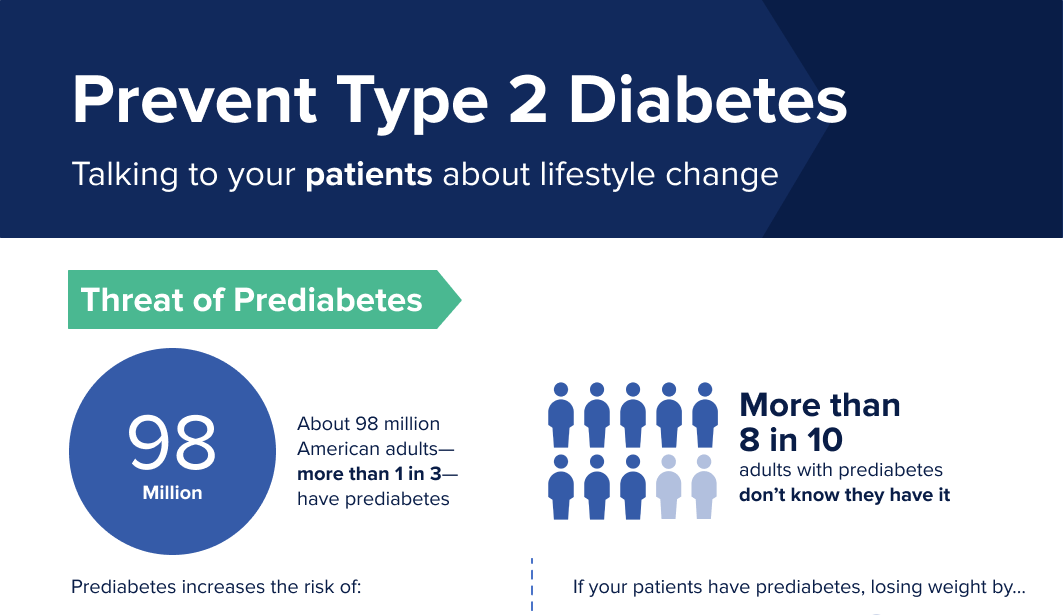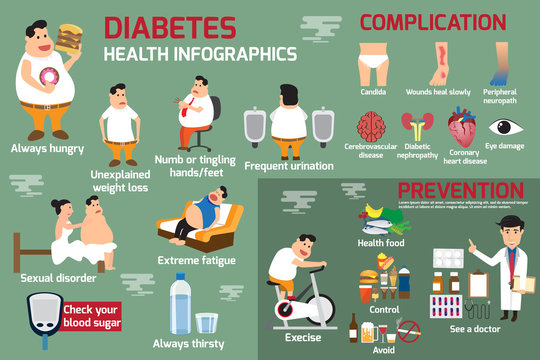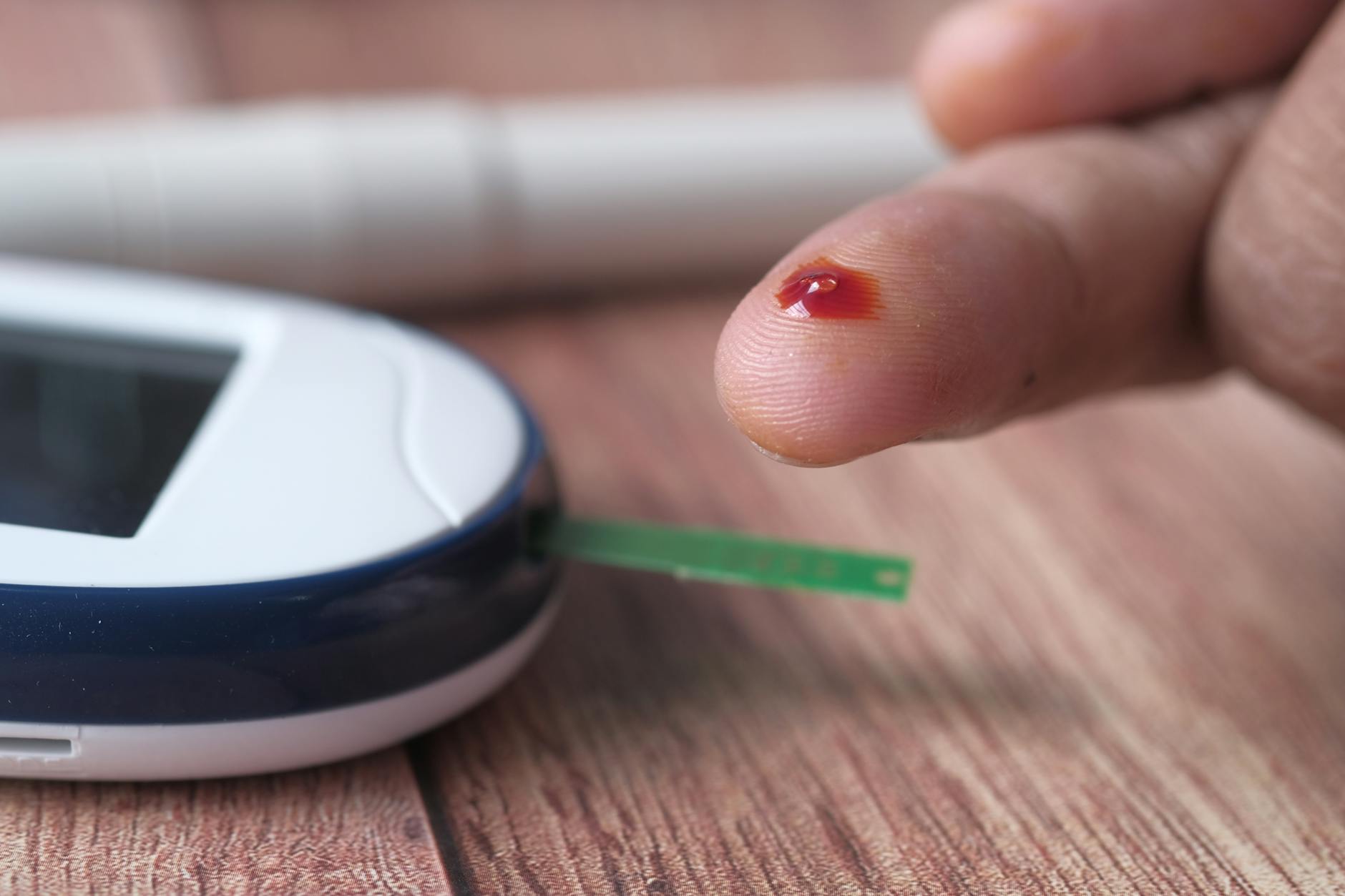Unlock the secrets to effectively managing Type 2 Diabetes and take control of your health once and for all.
Table of Contents
- Introduction to Type 2 Diabetes
- Understanding Blood Sugar
-
Living with Type 2 diabetes means making some changes to your daily routine to keep your blood sugar levels in check. Let’s take a closer look at what a typical day might look like for someone managing this condition.
When you have Type 2 diabetes, eating right is crucial for managing your blood sugar levels. Instead of sugary snacks and drinks, opt for healthier options like fruits, vegetables, whole grains, and lean proteins. These foods can help you control your blood sugar and stay healthy.
Staying active is not only fun but also important for managing Type 2 diabetes. Whether it’s playing soccer with your friends, dancing to your favorite songs, or going for a bike ride, being physically active can help lower your blood sugar levels and keep you feeling great.
Signs and Symptoms to Watch For
- The Role of Medication
- Checking Blood Sugar Levels
- Long-Term Health and Diabetes
- Getting Support from Others
- Games and Activities for Learning
- Summary of Managing Type 2 Diabetes
- Frequently Asked Questions (FAQs)
Introduction to Type 2 Diabetes
Type 2 diabetes is a condition that affects how your body uses sugar for energy. When you have diabetes, your body struggles to regulate the amount of sugar in your blood. This can lead to a variety of symptoms that signal something might be wrong.
Imagine your body is like a car that needs fuel to run smoothly. In a person with Type 2 diabetes, the fuel—sugar—is not being used properly, causing the car to sputter and break down. This can make you feel tired, thirsty, and hungry all the time, among other things.
Some common symptoms of Type 2 diabetes include feeling tired, always thirsty, going to the bathroom more often than usual, and losing weight without trying. If you notice these symptoms, it’s important to talk to a grown-up and see a doctor for help.
Understanding Blood Sugar
In this section, we will explore the concept of blood sugar control and its significance, especially for individuals with Type 2 diabetes.
What is Blood Sugar?
Blood sugar, also known as glucose, is like fuel for our bodies. It comes from the food we eat and helps us have the energy we need to do all our activities, from playing outside to reading a book. But just like too much fuel can make a fire too big, having too much or too little blood sugar can cause problems for our bodies.
Why Blood Sugar Spikes Happen
When we eat food, especially sugary treats or snacks with lots of carbohydrates like bread and pasta, our blood sugar levels can go up. This is normal, but for someone with Type 2 diabetes, their bodies sometimes have trouble regulating these levels. Too much sugar in the blood can be like too many cars in a traffic jam – it can cause all sorts of problems. Factors like not getting enough exercise, stress, or even illness can also lead to spikes in blood sugar levels.
Living with Type 2 diabetes means making some changes to your daily routine to keep your blood sugar levels in check. Let’s take a closer look at what a typical day might look like for someone managing this condition.
When you have Type 2 diabetes, eating right is crucial for managing your blood sugar levels. Instead of sugary snacks and drinks, opt for healthier options like fruits, vegetables, whole grains, and lean proteins. These foods can help you control your blood sugar and stay healthy.
Staying active is not only fun but also important for managing Type 2 diabetes. Whether it’s playing soccer with your friends, dancing to your favorite songs, or going for a bike ride, being physically active can help lower your blood sugar levels and keep you feeling great.
Signs and Symptoms to Watch For
Living with Type 2 diabetes means paying close attention to your body and being aware of any signs that your blood sugar levels might be off. Here are some common symptoms to keep an eye out for:

Image courtesy of www.cdc.gov via Google Images
Common Symptoms
If you start feeling extra thirsty all the time, even after drinking water, or if you notice that you have to use the bathroom more often than usual, these could be signs of high blood sugar. Feeling tired, irritable, or having blurry vision are also common symptoms to watch for.
On the other hand, if you’re feeling shaky, sweaty, or dizzy and your stomach hurts, these might be signs of low blood sugar. Pay attention to how your body feels, and don’t hesitate to ask for help if something doesn’t seem right.
When to Speak Up
If you’re experiencing any of the symptoms mentioned above and they don’t go away or start getting worse, it’s essential to talk to an adult about how you’re feeling. They can help you figure out what might be going on and how to get the care you need.
The Role of Medication
For some people with Type 2 diabetes, managing their blood sugar levels involves taking medication. These medicines are prescribed by doctors to help keep blood sugar within a healthy range. It’s crucial to understand that medication is just one part of diabetes management, alongside a healthy diet and regular exercise.
How Medication Helps
Medication for Type 2 diabetes works in different ways. Some medications help the body use insulin more effectively, while others help the pancreas produce more insulin. Insulin is a hormone that helps regulate blood sugar levels. By taking these medicines as directed, individuals can better control their blood sugar levels and reduce the risk of complications from diabetes.
Following Doctor’s Advice
It’s essential to follow the doctor’s instructions when taking diabetes medication. This means taking the right dose at the right time and understanding how each medication works. Skipping doses or taking more than prescribed can lead to serious health problems. Always talk to a doctor or healthcare provider if there are any concerns or questions about diabetes medication.
Monitoring Progress
Regular check-ups with the doctor are necessary when taking medication for Type 2 diabetes. These visits help track progress and make any necessary adjustments to the treatment plan. It’s essential to keep a record of blood sugar levels and any changes in symptoms to share with the doctor during appointments. Working closely with healthcare providers can lead to better diabetes management outcomes.
Checking Blood Sugar Levels
When you have Type 2 diabetes, it’s essential to keep an eye on your blood sugar levels. This helps you understand how your body is doing and if any changes need to be made to your routine. You can do this by using a blood glucose meter, a small device that tells you how much sugar is in your blood.
| Who | What | When | How |
|---|---|---|---|
| Patients | Monitoring blood sugar levels | Every day | Using a glucose meter and keeping a log |
| Patients | Physical activity | Regularly | Engaging in aerobic exercise like walking or cycling |
| Patients | Healthy diet | Every meal | Eating plenty of fruits, vegetables, whole grains, and lean proteins |
| Patients | Medication | As prescribed | Taking oral medications or insulin injections as directed by a healthcare provider |

Image courtesy of www.cdc.gov via Google Images
How to Use a Blood Glucose Meter
To check your blood sugar, you first need to wash your hands with soap and water. Then, you’ll prick your finger with a small needle called a lancet. Place a drop of blood on a test strip, put it in the meter, and wait for the result. It’s quick and painless!
Long-Term Health and Diabetes
So, you’ve learned all about how to manage Type 2 diabetes in your daily life. But why is it so important to take care of yourself in the long run?
When you have Type 2 diabetes, it’s essential to think about your future health. If you keep your blood sugar levels in check and follow a healthy lifestyle, you can prevent other health problems down the road.
Understanding A1C Levels
Now, you may have heard about something called A1C levels when talking about diabetes. But what exactly does it mean? A1C is a blood test that shows your average blood sugar levels over the past 3 months. It’s like a report card for how well you’ve been managing your diabetes.
Having a high A1C level means that your blood sugar has been high over time, which can lead to complications like heart disease, vision problems, and nerve damage. By keeping your A1C level in check, you can lower your risk of these issues in the future.
By taking care of yourself and keeping your A1C levels where they should be, you can live a long and healthy life, even with Type 2 diabetes.
Getting Support from Others
Managing Type 2 diabetes can feel overwhelming at times, but you don’t have to go through it alone. It’s essential to have support from your family, friends, and healthcare providers to help you navigate this journey.

Image courtesy of stock.adobe.com via Google Images
Talking to Your Family
Your family is there to help and support you. You can talk to your parents or siblings about how you’re feeling and any challenges you might be facing. They can offer encouragement and help you stick to your diabetic diet and medication routine.
Friends and Peer Support
It’s essential to have friends who understand your condition and can support you emotionally. You can talk to them about your Type 2 diabetes and how it affects your daily life. They can also help you make healthier choices when eating out or engaging in physical activities.
Healthcare Team
Your healthcare team, including your doctor, nurse, and dietitian, is there to help you manage your Type 2 diabetes. They can provide guidance on blood sugar control, medication management, and lifestyle changes. Don’t hesitate to ask them questions and seek their advice whenever you need it.
Remember, having a support system in place can make managing Type 2 diabetes easier and less stressful. Don’t be afraid to reach out and talk to those around you about how you’re feeling and how they can help you stay on track.
Games and Activities for Learning
Learning about managing Type 2 diabetes doesn’t have to be boring! There are plenty of fun games and activities that can help you understand how to take care of your health while having a good time.
Healthy Food Scavenger Hunt
One way to learn about eating right with a diabetic diet is by having a healthy food scavenger hunt. Grab an adult helper and search your kitchen for foods that are good for managing blood sugar levels. You can make a list of items to find and mark them off as you discover each one.
Physical Activity Charades
Staying active is essential for controlling blood sugar levels. Play a game of physical activity charades with your friends or family. Take turns acting out different exercises like jumping jacks, running in place, or dancing, while others guess what you’re doing. It’s a fun way to get moving while learning about the importance of staying active.
Sugar Content Guessing Game
Understanding how different foods affect blood sugar levels is crucial. Create a sugar content guessing game where you estimate the amount of sugar in common snacks or drinks. You can use measuring cups or spoons to portion out the sugar and see how it adds up. This game can help you make better choices when it comes to managing your sugar intake.
Summary of Managing Type 2 Diabetes
Managing Type 2 diabetes involves keeping an eye on your blood sugar levels, following a healthy diet, staying active, taking medication as prescribed by your doctor, and seeking support from your loved ones and healthcare team.

Image courtesy of www.shutterstock.com via Google Images
It is essential to understand the role of blood sugar in your body and why it’s crucial to keep it under control. Factors like food choices, physical activity, and stress can affect your blood sugar levels, leading to spikes or dips that you need to manage.
Your diet plays a significant role in managing Type 2 diabetes. By making simple changes like eating more fruits and vegetables, whole grains, and lean proteins, you can help regulate your blood sugar levels and improve your overall health.
Engaging in fun activities like playing sports, dancing, or going for a bike ride can not only keep you active but also assist in controlling your blood sugar levels. It’s important to find activities you enjoy and make them a part of your daily routine.
Be mindful of common symptoms like frequent thirst, urination, fatigue, or unexplained weight loss. If you experience any of these symptoms, it’s crucial to speak up and seek help from a trusted adult or healthcare provider.
Some people with Type 2 diabetes may need to take medication to help manage their condition. It’s essential to follow your doctor’s advice regarding medication usage and attend regular check-ups to monitor your progress.
Monitoring your blood sugar levels at home using tools like a blood glucose meter can provide valuable insights into how your body is responding to various factors like food, exercise, and stress. Keeping track of your levels can help you make informed decisions about your health.
To prevent long-term complications associated with Type 2 diabetes, it’s crucial to maintain healthy A1C levels. Your A1C level is a measure of your average blood sugar over the past three months and serves as an indicator of how well you are managing your condition.
Remember, you are not alone in this journey. Seeking support from your family, friends, and healthcare team can make managing Type 2 diabetes feel less overwhelming. Talking about your feelings, concerns, and achievements can help you stay motivated and on track with your health goals.
By making small but impactful changes to your lifestyle, staying informed about your condition, and reaching out for support when needed, you can successfully manage Type 2 diabetes and lead a healthy, fulfilling life.
Frequently Asked Questions (FAQs)
Treatment
Q: How is Type 2 diabetes treated?
A: Treatment for Type 2 diabetes can include lifestyle changes like eating a healthy diet, staying active, and sometimes taking medicine as prescribed by a doctor.
Lifestyle
Q: Can I still have my favorite snacks if I have Type 2 diabetes?
A: While it’s important to eat mostly healthy foods to manage blood sugar levels, you can still enjoy your favorite snacks in moderation. Just remember to balance them with other nutritious choices.
Everyday Activities
Q: Can I still play sports if I have Type 2 diabetes?
A: Absolutely! Staying active with sports or other activities is great for managing your blood sugar levels. Just remember to check with your doctor for any tips on how to stay safe while playing sports.





